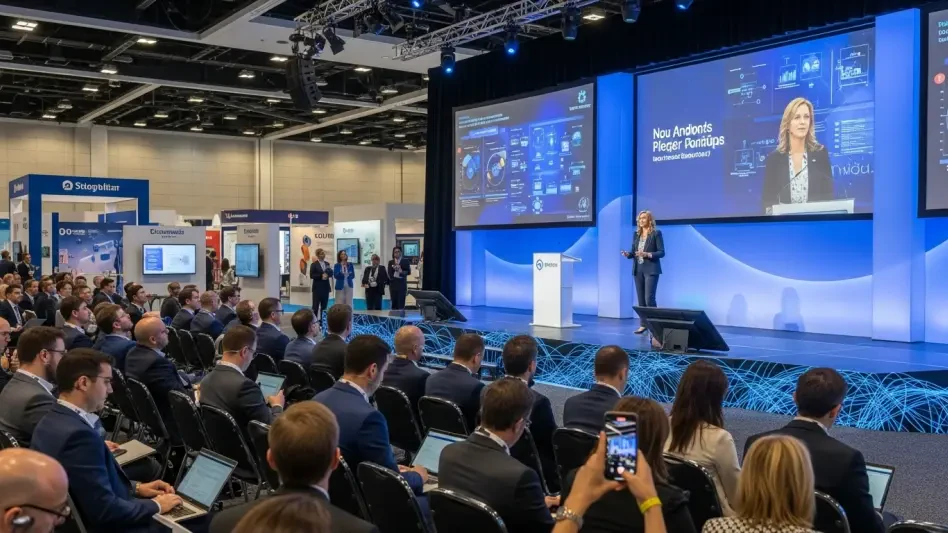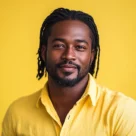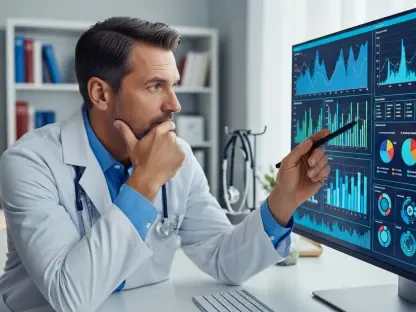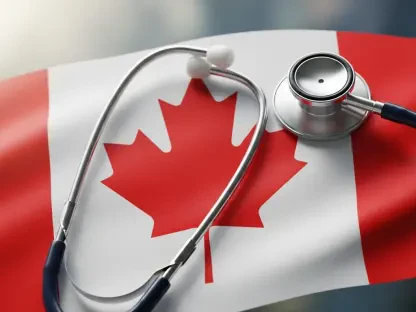I’m thrilled to sit down with Faisal Zain, a renowned healthcare expert with deep expertise in medical technology. With years of experience in the manufacturing of medical devices for diagnostics and treatment, Faisal has been at the forefront of driving innovation in the industry. Today, we’re diving into the Michigan Chapter of HIMSS’s upcoming ‘Healthcare on the Move’ Fall Conference, exploring its significance for health IT leaders, the cutting-edge topics on the agenda, and the transformative ideas that will shape the future of healthcare delivery in Michigan and beyond.
Can you share what the Michigan Chapter of HIMSS hopes to accomplish with the ‘Healthcare on the Move’ Fall Conference?
Absolutely. The core mission of this conference is to empower hospital and health IT leaders by providing a platform to explore and tackle some of the most pressing challenges in healthcare today. It’s about fostering innovation through collaboration, focusing on how technology can improve clinical outcomes and operational efficiency. This event brings together diverse perspectives to spark ideas that can transform the way care is delivered, ultimately benefiting patients and providers alike.
How does this event specifically support leaders in navigating the complexities of health IT?
The conference is a vital resource for leaders because it offers both education and connection. Through keynotes and panels, attendees gain insights into emerging trends and practical solutions they can implement in their own organizations. It’s also a space to share challenges and successes with peers who understand the unique pressures of the field. Whether it’s learning about a new tool or refining a strategy, the event equips leaders with the knowledge and network to drive meaningful change.
What are some of the hot topics, like AI or cybersecurity, that will take center stage at this year’s conference?
This year, the agenda is packed with critical areas shaping healthcare. AI is a big focus—how it can streamline workflows and enhance decision-making while addressing ethical concerns. Cybersecurity is another priority, as protecting patient data is non-negotiable in today’s digital landscape. There’s also a strong emphasis on digital innovation and clinical transformation, looking at how technology can improve care coordination and patient engagement. These topics aren’t just buzzwords; they’re essential to building a safer, more effective healthcare system.
The conference is set for September 8–9, 2025, at the Suburban Collection Showplace in Novi. What makes this venue a good fit for an event like this?
The Suburban Collection Showplace was chosen for its versatility and accessibility. It’s a modern space that can accommodate a large group while offering dedicated areas for presentations, breakout sessions, and networking. Its location in Novi is convenient for attendees from across Michigan, and the layout supports the event’s goals by creating an environment where collaboration feels natural. It’s not just about the space—it’s about fostering an atmosphere where ideas can flow freely.
One of the key sessions on Monday evening is a panel titled ‘Discover What Michigan Clinicians Really Think About Patient Satisfaction!’ What’s the driving purpose behind this discussion?
This panel aims to dive deep into the real, on-the-ground perspectives of Michigan clinicians about patient satisfaction. The goal is to uncover what’s working and what’s not in enhancing the patient experience, using fresh research gathered from providers and physician leaders across the state. It’s about challenging assumptions and sparking a candid conversation on how satisfaction impacts both clinical care and the business side of healthcare, with a uniquely local lens.
On Tuesday morning, Dr. Tricia Baird will deliver a keynote called ‘Venturing Off Road – Driving Transformational Change.’ What does this idea of ‘venturing off road’ mean in the context of healthcare innovation?
‘Venturing off road’ is a powerful metaphor for stepping outside traditional approaches and embracing bold, creative strategies to transform healthcare. It’s about taking risks to rethink how we deliver care, whether that’s through new technologies or reimagined processes. Dr. Baird’s talk will likely focus on empowering teams to innovate with confidence, turning obstacles into stepping stones for lasting impact. It’s a call to action for leaders to pioneer change rather than follow the well-trodden path.
Networking is a big component of the conference. Why is building connections so crucial for healthcare and IT leaders at an event like this?
Networking at this conference is invaluable because healthcare and IT are fields where collaboration drives progress. Leaders face similar challenges—whether it’s implementing new systems or securing data—and connecting with peers allows them to share solutions and learn from each other’s experiences. These relationships often lead to partnerships or ideas that wouldn’t emerge in isolation. It’s not just about swapping business cards; it’s about building a community that supports innovation long after the event ends.
What is your forecast for the future of health IT in Michigan based on the themes and discussions at this conference?
I’m optimistic about the trajectory of health IT in Michigan. The focus on AI, cybersecurity, and patient-centered care at this conference signals a strong commitment to leveraging technology for better outcomes. I foresee Michigan becoming a leader in integrating innovative systems that prioritize both efficiency and empathy in care delivery. With events like this fostering dialogue and collaboration, I believe we’ll see accelerated adoption of transformative tools, stronger data protections, and ultimately, a healthcare landscape that’s more responsive to the needs of patients and providers.









